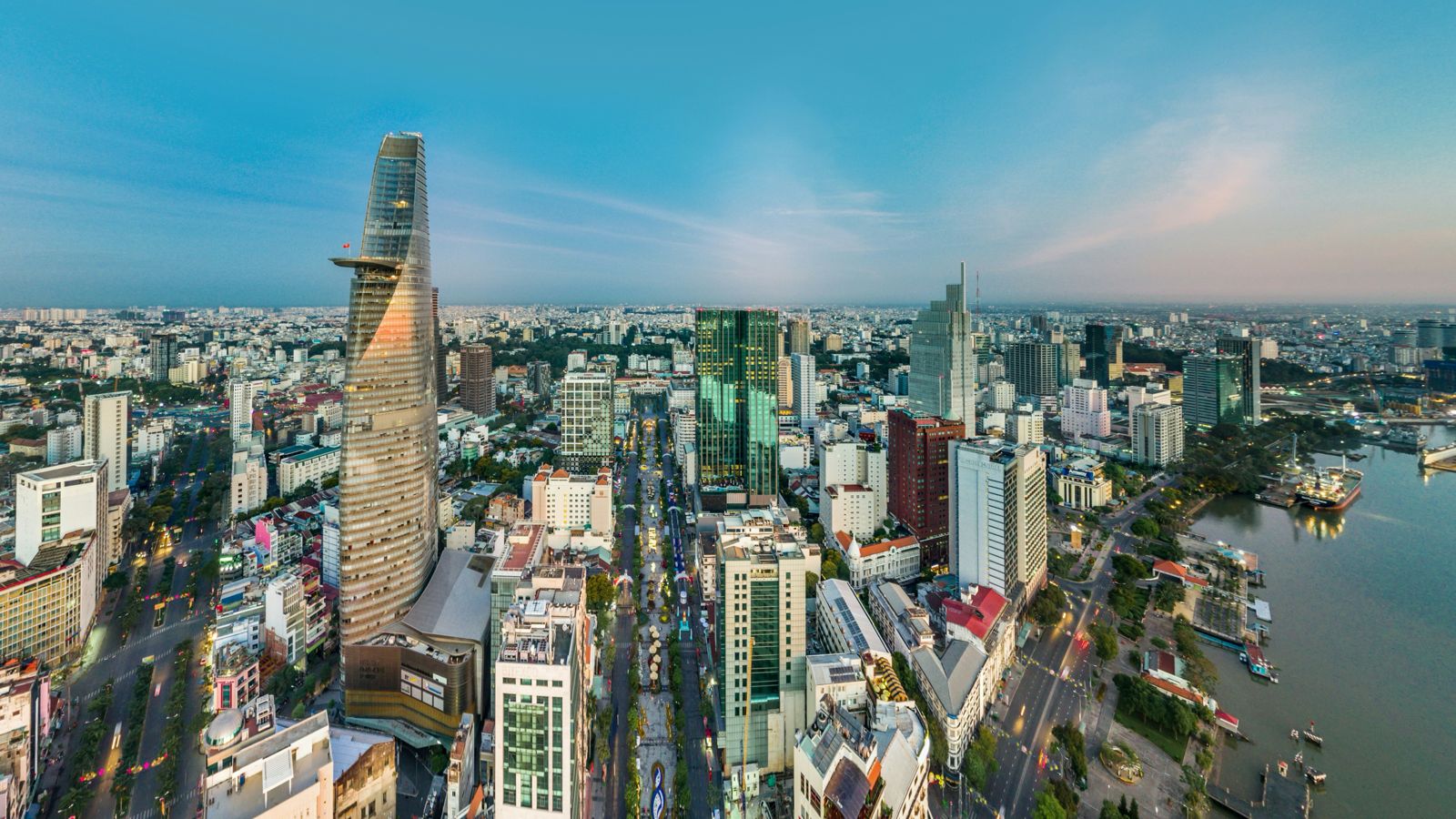by Maurice Wagenaar, Senior Account Executive, AccelerAsia
The modernisation of the healthcare sector is advancing rapidly across the world, and nowhere is it more apparent than in ASEAN, where governments are dedicating unprecedented budgets to the sector. The rising middle class in this region has the appetite and the resources to afford and demand standardised, world-class healthcare through either public or private means.
The size of the healthcare industry in APAC has grown 11% just this year to reach US$517 billion* in 2018, and this number is rising fast. At the same time, in the years ahead, Southeast Asia will have to deal with new healthcare problems that come with increased prosperity. An increase in Type-II diabetes, obesity, and a rapidly ageing population are just a few of the already-emerging health issues. Growing quality healthcare in parallel with growing the size of the economy is therefore vital for the region’s future health.
Healthcare providers, professionals and other stakeholders are scrambling to prepare for and organize themselves to meet these new demands. Within this context, a few trends are currently materializing in healthcare in the region comparable to healthcare trends in the rest of the world.
- Cost pressures continue to focus on cost reduction, optimization, and quality. Healthcare services need to be faster, better, more affordable, transparent and standardised.
- The impact of digital technologies and transformation on the organisation’s business model is probably the most prominent boardroom agenda item among health executives.
- Consumers, accustomed to on-demand goods and services and empowered by mobile connectivity, are taking charge. Healthcare organizations are just starting to implement the kind of consumer-centric services that are already standard in the retail sector, for example.
- Physician burnout is increasingly recognized as one of the key roadblocks in healthcare system performance.
- The shift to an emphasis on payment for outcomes is driving increased market consolidation and integration across payers and providers.
For AccelerAsia these are exciting times, as we embark on a new adventure to put our expertise to use in building a med-tech vertical in the region to help stakeholders in the healthcare industry better negotiate these challenges. We believe med-tech entails any kind of technology which enables a better outcome for the patient. Med-tech as a vertical is a mix of healthcare and technology, and has come into its own since the infusion of IT into traditional healthcare practice. Med-tech comprises various aspects such as robotics, connected medical devices, telemedicine, e-health platforms, Artificial Intelligence, Machine Learning, Electronic Health Records, etc. We already see a lot of technologies trickle down to the healthcare industry from other verticals and vise versa: the pharmaceutical and medical device supply chain, for example, has many overlaps with the retail supply chain, and exchange of ideas and technologies is quite possible and to be encouraged.
To get a better feel for the status of development and technology available, AccelerAsia recently started with a visit to the Netherlands to meet with a number of med-tech companies. The Netherlands is considered one of the best med-tech research and development hubs in the world with more than 800 companies working on cutting-edge medical technology. The country has emerged as an optimal environment for incubation and early testing.
During our stay in the Netherlands, we met companies working on disruptive technology from very early stage and test phase to scaled-up companies ready to expand to different markets. We were excited to learn that a lot of these solutions are ready for serious growth today and would add tremendous value to the APAC market to help patients, providers and governments attain better outcomes in their respective healthcare practices.
APAC is an attractive market, not unlike Europe in some ways because of various countries with diverse cultures packed closely together in one region. Also, it is an attractive market to conduct clinical trials because of the sheer volume of patient data that can be acquired. This also means scale up is possible on a massive level. Further, APAC regulations are much easier to comply with compared, say, to the US.
Companies often look to the US as their next target market after conquering their home market and region — but people often don’t realise how difficult it is to crack the US market because of its regulatory challenges. The Asian market on the other hand is often underestimated regarding its sheer potential, and is in our experience a very attractive alternative for the next step.
However, also in this case, technology is a means to an end. We strive to help and grow our partnerships at both ends of the line. A lot of the med-tech companies we have come into contact with are ready for that next step; meanwhile, there is high demand for their solutions in the APAC region, making it an ideal situation for all parties involved.
Naturally, parachuting new technology into a market never works; one must have deep roots in the market and the capability of adapting the source business model to the local cultural, regulatory, industrial and operational environment. This is why AccelerAsia is perfectly positioned for this challenge — we have over 15 years of know-how and experience in growing tech companies in the APAC markets. We look forward to updating you soon on new developments in this journey.



